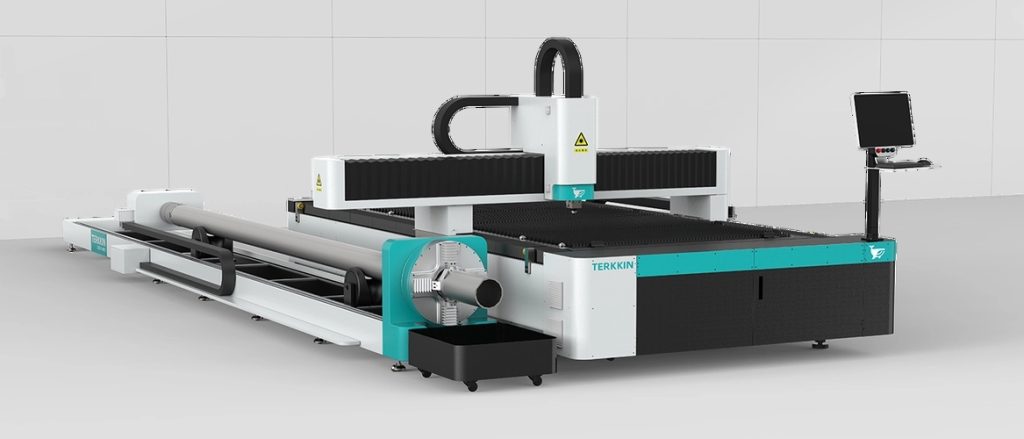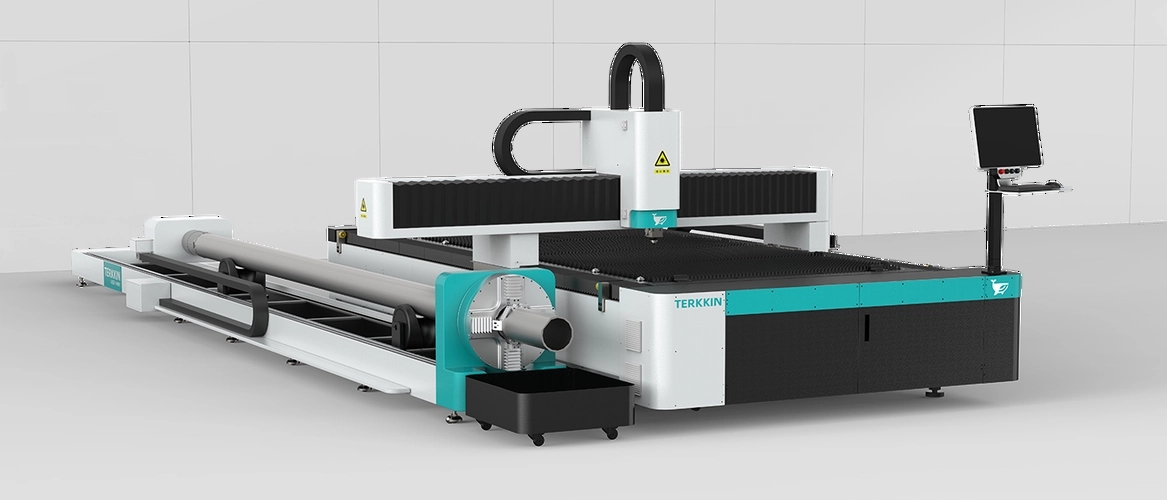Once the optical elements of the laser cutting machine are contaminated or even adhered to small particles of the cutting product, its cleaning is an extremely important and often overlooked problem. Here are some cleaning points:

(1) Lens cleaning: bend the lens wiping paper into several folds and soak it with a few drops of analytical pure acetone; Gently wipe the lens surface with wet lens paper, and pay attention not to press the lens with fingers; Repeat several times until the lens surface is clean and free of dirt and residual traces; Blow dry with dry air; If necessary, roll the lens paper wetted with a few drops of acetone into a rod, and gently scrub the lens surface to remove heavy dirt drops.
It should be noted that acetone easily absorbs moisture and water from the air to pollute the acetone itself, so it is necessary to close the acetone bottle and never pour the acetone liquid left after cleaning back into the new acetone bottle.
(2) Cleaning of mirror lens: remove the lens from the frame; Put the lens paper on the mirror with the mirror face up; Drop a few drops of acetone on the lens paper, and gently pull the lens paper over the mirror surface; Repeat the above procedures until the mirror surface is clean and free of dirt and residual stains; Then install the lens into the mirror base.
If molybdenum mirror is used as reflector, it can be used directly after polishing because it cannot be coated, so it can be cleaned with water (soap water or water containing detergent). However, other lenses with coating on the surface cannot be cleaned with water, because many coatings are dissolved in water, and the lenses will be damaged.
Most optical elements such as lenses and prisms are made of optical glass. Their optical surfaces are carefully ground and polished, and some of them are coated with one or more layers of thin film. The optical properties (such as refractive index, reflectivity, transmittance, etc.) of these elements or their materials have certain requirements, and their mechanical and chemical properties may be very poor. If they are used and maintained improperly, their optical properties will be reduced or even damaged. Common causes of damage include fall, wear, scratch, dirt, mildew, corrosion, etc.





